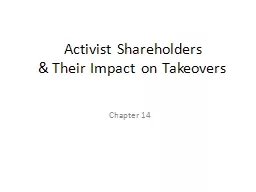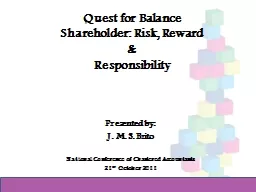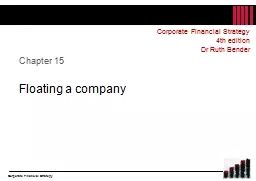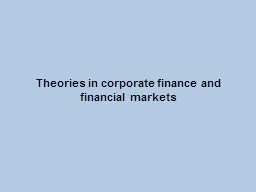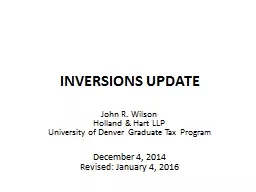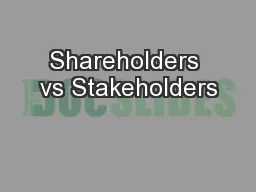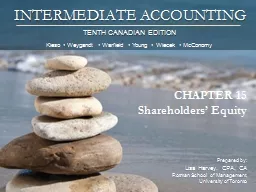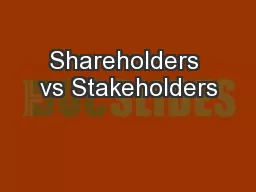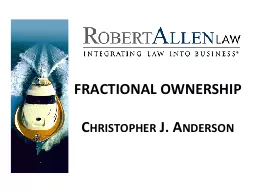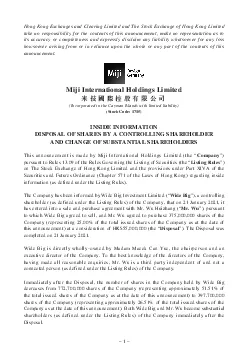PPT-Activist Shareholders
Author : karlyn-bohler | Published Date : 2016-12-03
amp Their Impact on Takeovers Chapter 14 background Berle and Means separation of management and control the dominant view for decades assuming a shareholder
Presentation Embed Code
Download Presentation
Download Presentation The PPT/PDF document "Activist Shareholders" is the property of its rightful owner. Permission is granted to download and print the materials on this website for personal, non-commercial use only, and to display it on your personal computer provided you do not modify the materials and that you retain all copyright notices contained in the materials. By downloading content from our website, you accept the terms of this agreement.
Activist Shareholders: Transcript
Download Rules Of Document
"Activist Shareholders"The content belongs to its owner. You may download and print it for personal use, without modification, and keep all copyright notices. By downloading, you agree to these terms.
Related Documents

